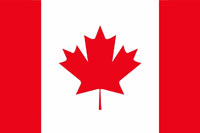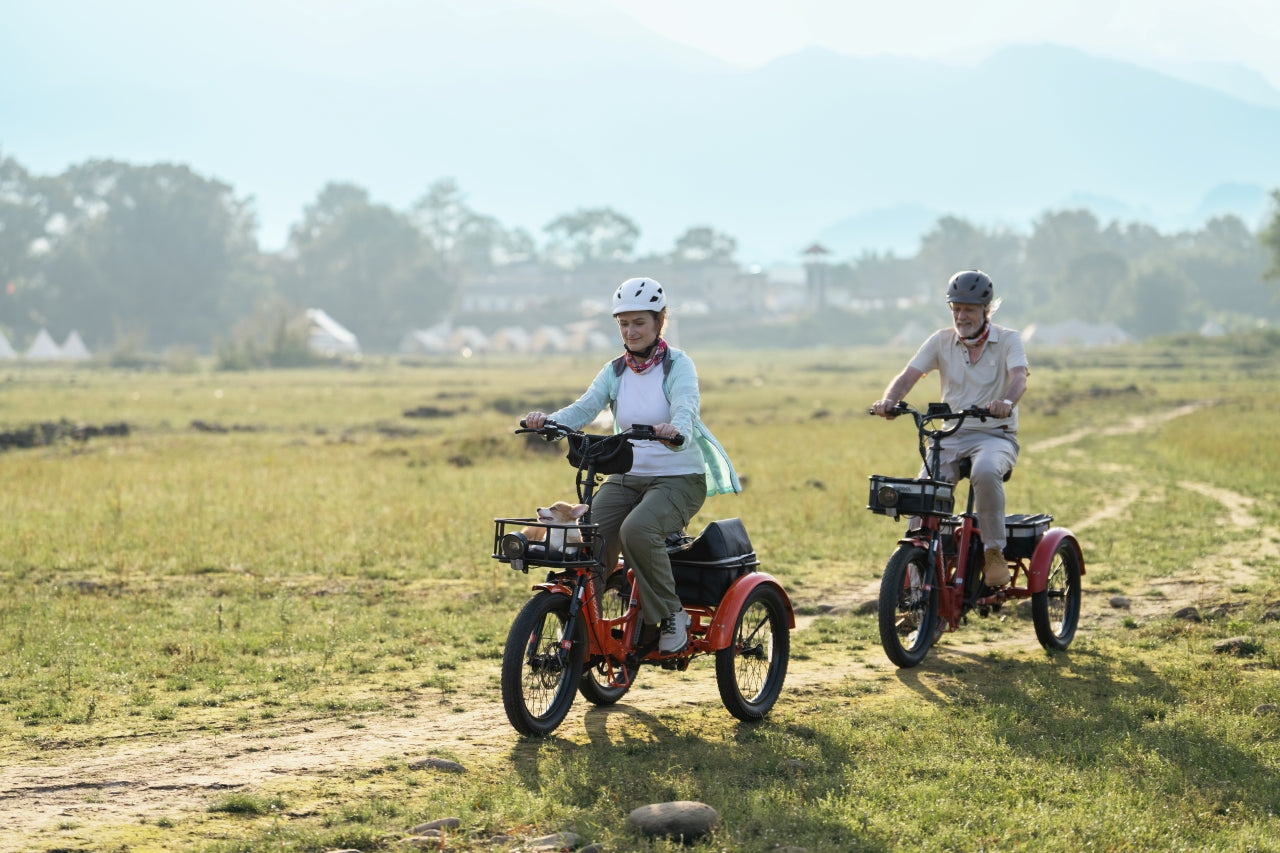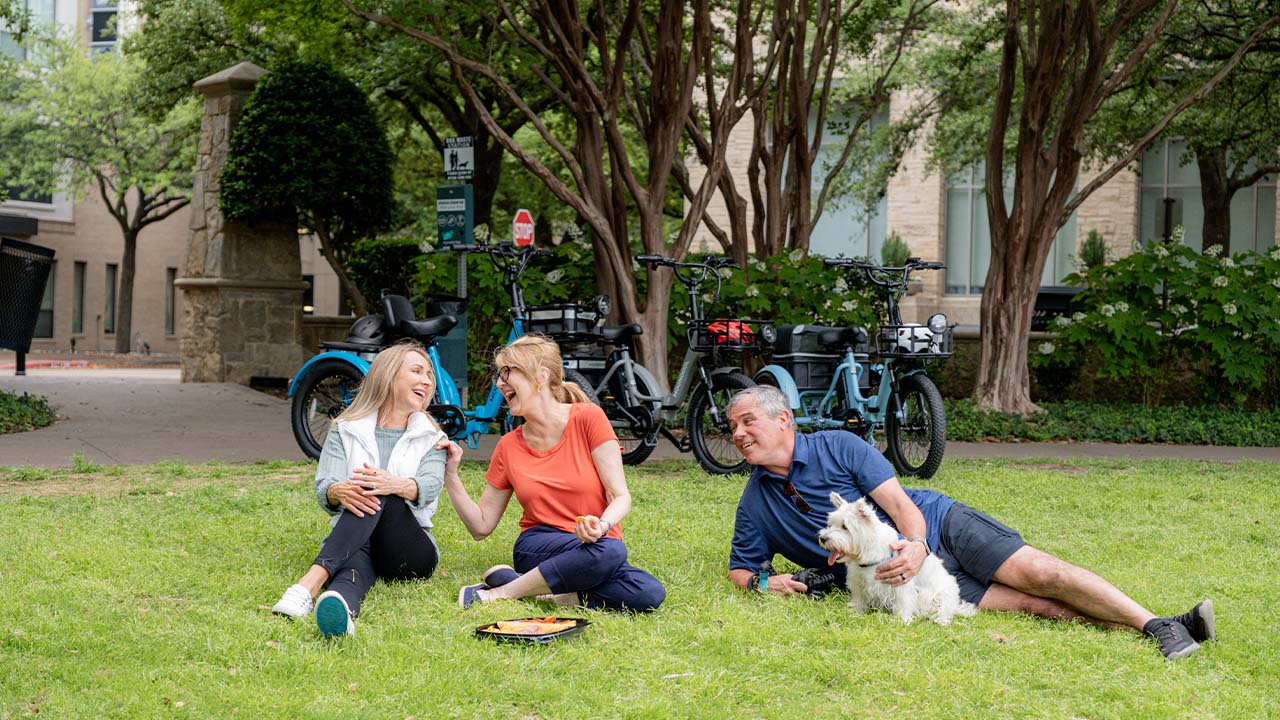Tire pressure may not seem like the most exciting subject, but understanding electric trike tire pressure is essential. This is because tire pressure directly affects how your trike handles various terrains, influencing its stability and efficiency. In this blog, we will discuss how critical tire pressure is and why understanding electric trike tire pressure is important.
Importance of Understanding Electric Trike Tire Pressure
Maintaining the correct tire pressure on your electric trike enhances ride quality and reduces the risk of accidents. Properly inflated tires mean you have the optimum traction and smoother ride quality.
If your electric trike tires are underinflated, the rolling resistance increases, which means the motor has to work harder, depleting the battery faster. On the other hand, overinflated tires reduce the contact area with the ground, leading to less traction and a harder ride quality.
Another important aspect of tyre pressure is that it affects how long your tires will last. Riding with incorrect tire pressure can cause your tires to wear unevenly. Low tire pressure can lead to sidewall damage or pinch flats, which are incredibly frustrating, especially on longer rides. If your tire pressures are too high, the centre tread can wear out faster than expected. So keeping the tyres at the manufacturer's recommended psi ensures more even wear and longer-lasting tires.
How to Check Tire Pressure on Your Trike
1. Get a Quality Pressure Gauge: A digital pressure gauge is ideal for precise readings. Analogue models work too, but digital ones tend to be more user-friendly and accurate.
2. Identify Valve Type: Most electric trikes use Schrader valves (like car tires), though some may have Presta valves. Make sure your pump and gauge are compatible.
3. Read the PSI: Press the gauge onto the valve and note the reading. Compare it to the recommended PSI written on the tire sidewall or in your trike's user manual.
4. Repeat Weekly: Get into the habit of checking tire pressure once a week. It only takes a minute and helps you catch slow leaks or early signs of punctures.

Adjusting Tire Pressure
If the reading is off, you'll need to inflate or deflate your tires accordingly. Here's how:
Inflating Tires
Use a pump with a built-in gauge, or a portable electric pump if you want something easier. Inflate slowly and check the pressure frequently. Stop once you reach the recommended PSI. Avoid exceeding the maximum limit written on the tire.
Deflating Tires
Press down the valve pin to release air in short bursts to lower tire pressure. Keep checking with the gauge until you hit the target pressure.
PSI Guidelines
The ideal tire pressure depends on several factors: tire size, rider weight, terrain, and trike model. Here are general guidelines to start with:
Fat Tires (3.5" to 4" wide)
• PSI Range: 20–30 PSI
• Best For: Off-road use, sand, gravel, and snow
• Tip: Lower PSI gives better grip on loose terrain. Higher PSI is better for pavement and efficiency.
Standard Tires (1.75" to 2.5" wide)
• PSI Range: 40–70 PSI
• Best For: Urban commuting and smooth paths
• Tip: Go higher for smooth roads and lighter loads. Reduce PSI slightly for heavier riders or rougher paths.
Always refer to the manufacturer's guidelines and adjust based on your specific needs. By following these guidelines, you can enhance your riding experience while maximising the lifespan of your electric trike tires.

Adjusting for Weight and Load
Your weight and any cargo you are carrying affect how much pressure your tires need. For example, heavier loads increase the compression on the tires, which means you may need to add a few extra PSI to maintain the performance and avoid bottoming out and damaging the rims.
Typically, for every 10kg (22 lbs) over the "standard" load (usually ~70kg or 155 lbs), you should increase tire pressure by 1–2 PSI.
Environmental Effects on Tire Pressure
Most electric trike riders won't have to concern themselves with the environmental effects on tyre pressure. However, it is worth knowing how to troubleshoot any problems you may experience. Weather and temperature can impact tire pressure.
Temperature
In Cold Weather: As temperatures drop, the air inside your tires contracts, leading to lower PSI. It's common to lose 1–2 PSI for every 10°F decrease in temperature. You may need to top up your tires more frequently during colder months.
In Hot Weather: The opposite happens. Warm temperatures cause air to expand, which increases PSI. Be cautious not to over inflate during the summer or before long rides where tire heat builds up. Stick to mid-range PSI values for both safety and comfort.
Altitude
Altitude is something you may not have thought to be a contributing factor to tire pressure. However, your tire pressure may be affected if you ride in a mountainous area. This is because as you gain elevation, the atmospheric pressure decreases. Therefore, the pressure inside your tire is relatively higher than the lower outside air pressure, even if you haven't added any air.
If you inflated your tires at sea level and travel to a higher elevation, the relative pressure will rise. In high-altitude locations (above 5,000 feet), consider letting out 1–2 PSI to maintain the correct feel and performance. Always check and adjust tires once you've arrived at your destination rather than relying on pre-trip inflation.
Troubleshooting Common Tire Pressure Problems
Even when you take care of your electric trikes' tyres, it's possible to run into issues. Here are some common problems you may come across:
• Slow Leak: Check the valve and the tire for small punctures. Use soapy water to spot bubbles. You will need to patch the inner tube with a puncture repair kit once you find the hole.
• Sudden Drop in PSI: Inspect the tire for visible cuts or embedded objects. You can often fix holes in inner tubes, but severe cuts may require you to buy a replacement.
• Uneven Pressure: Ensure both front and rear tires are checked and filled evenly (if the model recommends it).
Final Thoughts On Understanding Electric Trike Tire Pressure
Understanding electric trike tyre pressure is one of the few maintenance jobs you must do as an owner. The good thing is it's simple and quick while having a significant impact on performance, safety, and overall riding enjoyment. So invest in a good pressure gauge and pump to ensure your tires are correctly inflated at all times.
If you are looking for your next electric trike, check out our online store, where you can find some of the finest models.















Leave a comment
This site is protected by hCaptcha and the hCaptcha Privacy Policy and Terms of Service apply.